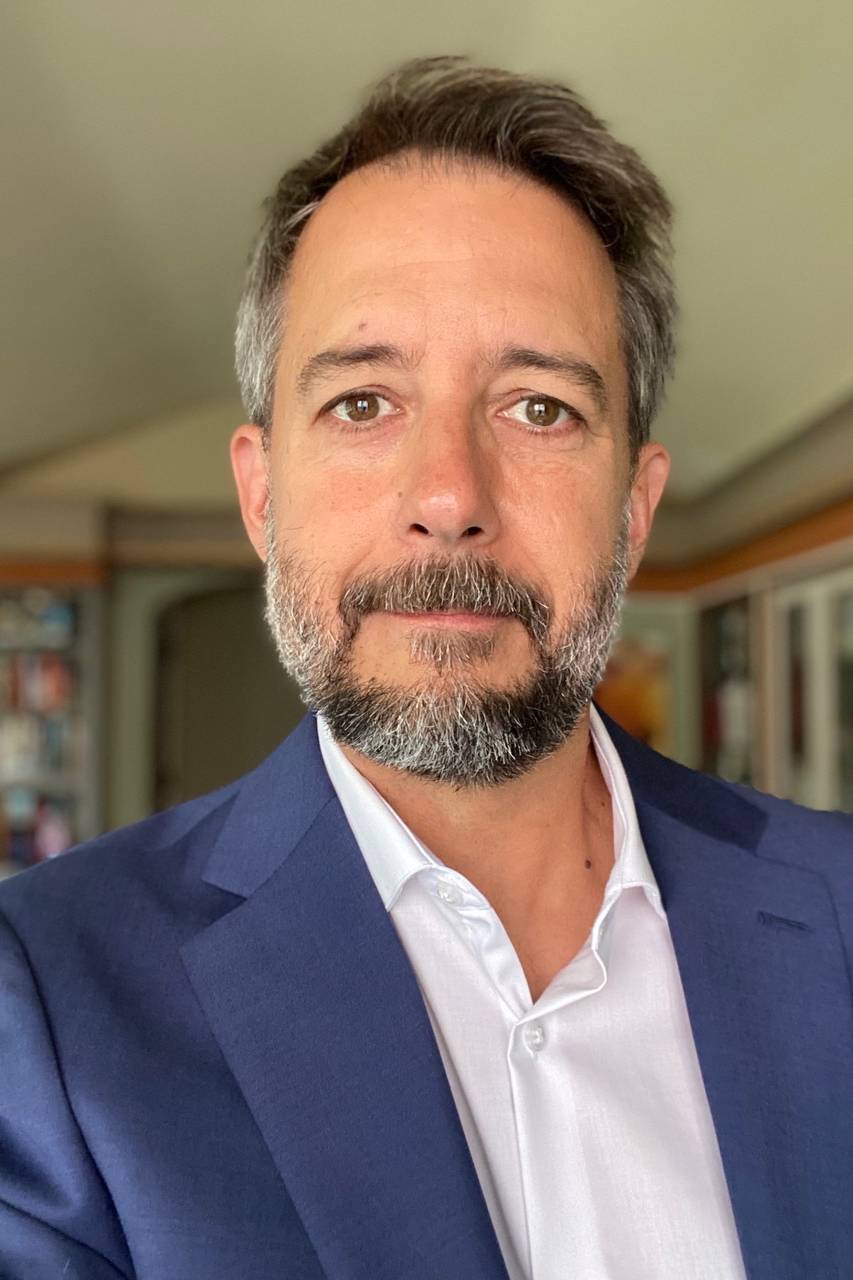Dam-breaking: The Arms Trade and American Revolutions

Date: Tuesday, Sep 9, 2025
Start time: 6:00 p.m. lecture | 7:15 p.m. reception
End time: 8:30 p.m.
Location: Cabell Library, 901 Park Ave., Lecture Hall, room 303, 3rd floor
Audience: Free and open to the public. Reception to follow the lecture.
Between 1775 and 1825, revolutions in British North America, Saint-Domingue, and Spanish America put hundreds of thousands of fighters in arms. They shouldn’t have been able to. Throughout the colonial era, an informal arms control regime made it impossible for Europe’s American subjects to mass-produce war material or buy enough guns and ammunition on the open market to equip independence through war. By the end of 1776, it had become clear that even British North Americans, the hemisphere’s best-connected colonists, could not overcome this obstacle. Only the decisions of France and Spain to secretly arm and then openly support the British North Americans made their revolution a success. But as France and Spain would soon come to realize, US independence fatally undermined the early modern arms control regime that had kept independence out of reach in their own colonies. North American merchants became the indispensable arms dealers to the hemisphere’s later revolutionaries, first in Saint-Domingue and then across mainland Spanish America. Crucially, though, the United States never offered terms remotely as generous as those it had enjoyed during its own independence struggle. Rather than rely on imperial patronage or republican solidarity, Haitians and Spanish Americans had to navigate a cutthroat U.S. arms market to obtain the tools of independence. That comparative disadvantage would come to haunt their postcolonial histories.
Speaker
Brian DeLay is a professor of history and Preston Hotchkis Chair in the History of the United States at UC Berkeley. He is author of "War of a Thousand Deserts: Indian Raids and the U.S.-Mexican War" (Yale, 2008), the editor of "North American Borderlands" (Routledge, 2012), the coauthor of the U.S. history textbook "US-A Narrative History" (McGraw-Hill, 2021), and the author of articles, chapters, and essays on the history of borderlands, international systems, Indigenous polities, U.S.-Mexico relations, the international arms trade, and other topics. In 2026, W.W. Norton will publish his book "Aim at Empire." It recasts the era of American Revolutions as fifty-year struggle between empires, insurgents, enslaved people, and Indigenous polities over the power conveyed by guns and ammunition. DeLay’s research has been supported by the John Simon Guggenheim Foundation, the Stanford Humanities Center, the Harry Frank Guggenheim Foundation, and the American Council of Learned Societies, among other organizations. This academic year he is a fellow at Harvard University’s Radcliffe Institute for Advanced Study, writing a book called "Means of Destruction: Guns, Freedom, & Domination in the Americas before World War II." He has served as an expert witness and drafted declarations on the history of firearms technology and regulation in more than two dozen Second Amendment cases around the country.
Sponsor(s): The Society of the Cincinnati in the State of Virginia
Event contact: Andrea Wight, wighta@vcu.edu